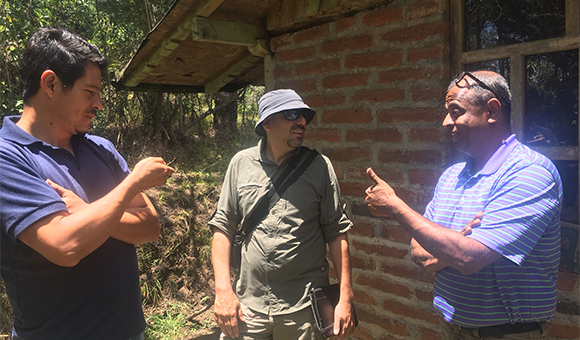Yale School of Management United States
Murali Chandrashekaran, senior associate dean for strategic partnerships and global initiatives at the Sauder School of Business, who organized the Urban Resilience module in Quito, shared some of his thoughts on how a topic with a variety of stakeholders can teach students about working across cultures and disciplines.

How do you get students and faculty from various business schools to work on a multidisciplinary problem such as urban resilience?
A problem like this is too big for any one business school to answer on its own. We have distributed capacity in a network among different schools, different strengths across different schools. For me, the starting point is not to tell a school that you have an approach and invite them to join you. Instead, you work together to create the vision in the first place. These large issues are the types that nobody owns—really, we all own them. No one school is good at everything. If we bring our talents together, we can really create magic.
How does urban resilience tie into to a traditional business school curriculum?
The traditional business school approach has been based around case methodology. It was, if we are going to look at a problem in the past, we will review what a protagonist should or should not have done, and how might they go about doing it. There are virtues to that approach, but the issue with a topic like urban resilience is that nothing has been solved. The cities don’t know what the answer is. Experts don’t know what the answer is, and it’s going to require multiple people to come together to solve the problem.
How do you think a topic like urban resilience can help create effective leaders?
The idea of business schools is to create leaders who can work across boundaries—leaders who work with groups of people who are very much unlike them, and yet solve problems, especially in situations where nobody has given them the authority. For me, leadership without authority is really where we need to be going. We need to get students to be able to work with people from the government, nonprofit organizations, businesses, and others to be able to drive action. When you take a topic like urban resilience, it cuts across all of those: people from business, government, and society. It has the potential to bring people from forestry, engineering, design, business, medicine—many fields—to work together on a complex challenge. It pushes us to work with people who are very different and on problems with often multiple, if not competing, objectives among stakeholders.
